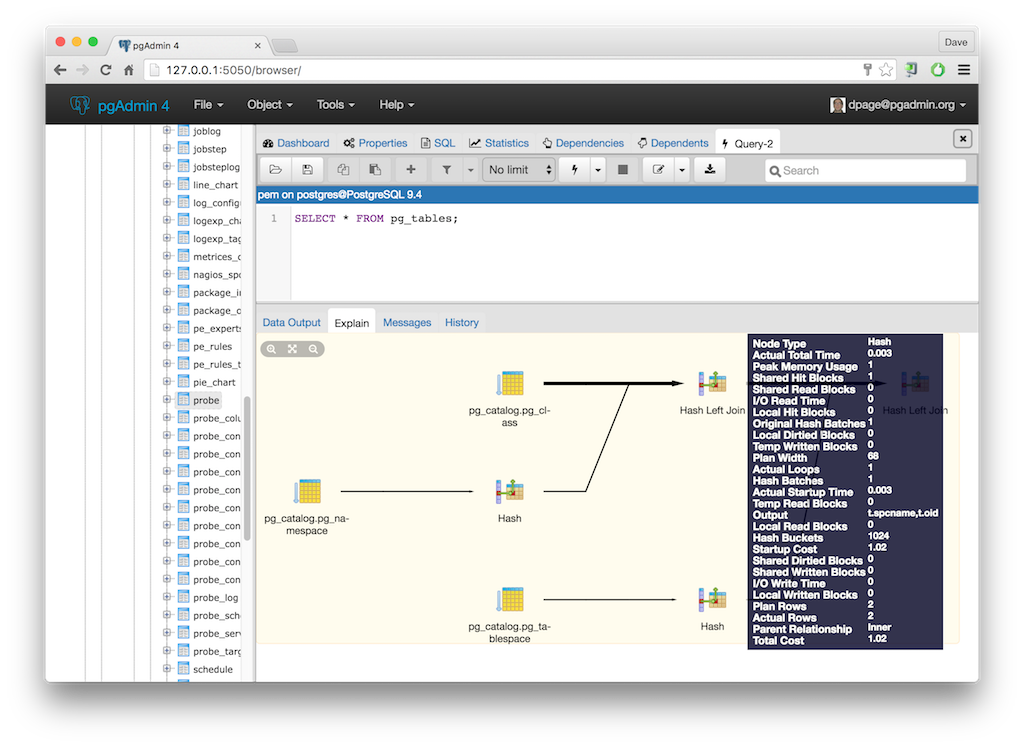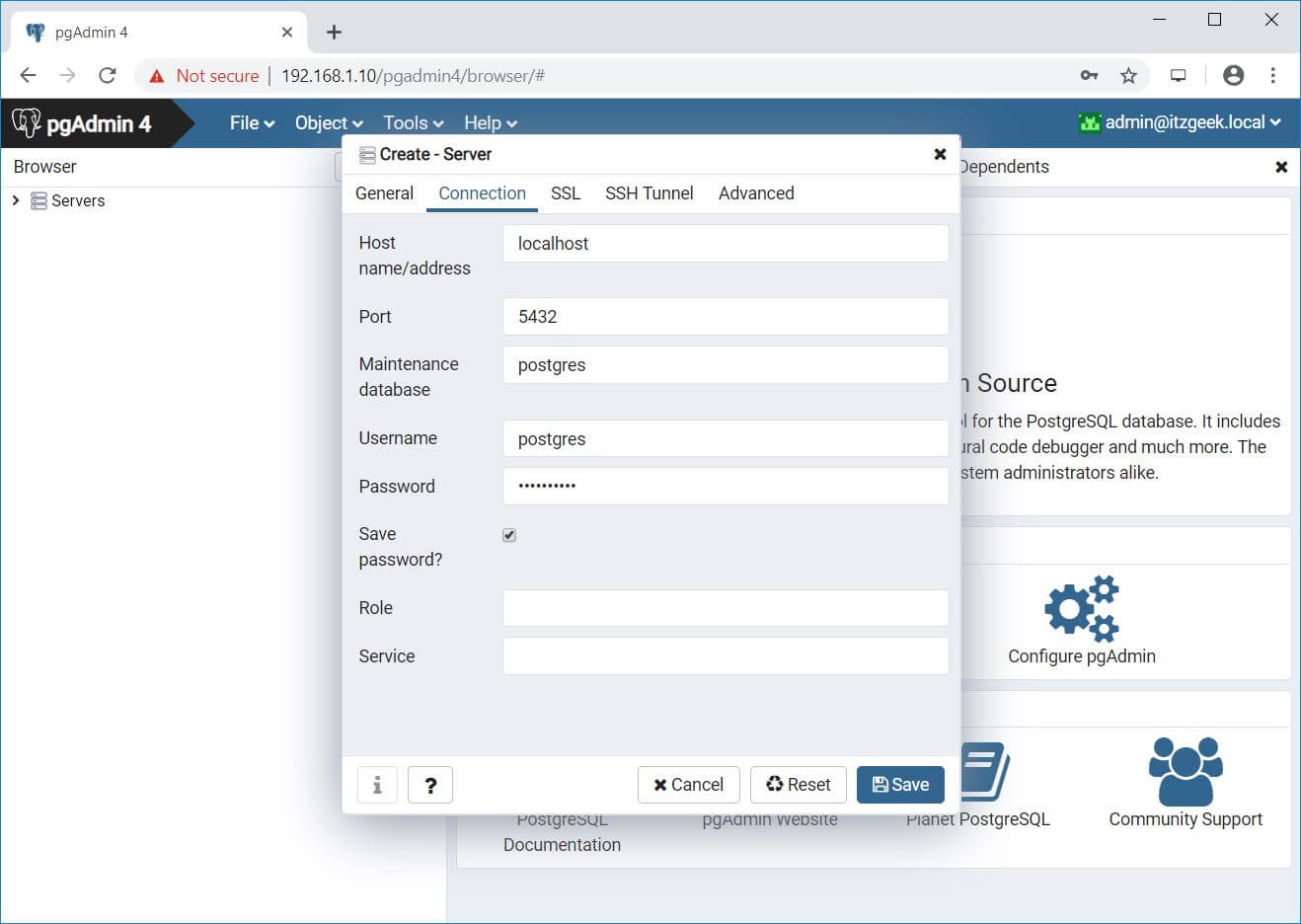

Once you execute the below script, you can get a result of generated DROP SCRIPT which you can execute for dropping tables. Using above mentioned query all user defined tables list and its table size in a post gre sql database can list.Make sure you have Tables chosen under the Object browser, and right click on the site2 table. Second, give the new table name after the RENAME TO clause. If you choose to create a plain-text backup, you can review the SQL commands that build the selected object to better help you understand how the object will be recreated. Second, you put a condition in the WHERE clause to specify which rows to remove. DROP TABLE always removes any indexes, rules, triggers, and constraints that exist for the target table. Select All to move all tables, indexes, and materialized views from the current tablespace (currently selected in the pgAdmin tree control) to the new tablespace. Select the database (TheDeveloperBlog) by a left-click on it.

Check only the Drop table operation in the DDL.


~/pgadmin4/lib/python2.7/site-packages/pgadmin4/pgAdmin4.py.Pgadmin drop all tables Enter your file name path, select backup mode as plain text and take the backup of your table. PgAdmin can now be run with a command like python Variables from config.py, you may need to include from config import * Settings at bare minimum - see config.py for more information and Ensure you set valuesįor the SECRET_KEY, SECURITY_PASSWORD_SALT and CSRF_SESSION_KEY ~/pgadmin4/lib/python2.7/site-packages/pgadmin4. Once installed, you will need to create a config_local.py file in the Īccording to, to run pgadmin4, do the following:
PGADMIN 4 WHERE IS SERVER STATUS INSTALL
If you get an error message that says "Error: pg_config executable not found.", install pg_config by running sudo apt-get install libpq-dev according to. Note that the wheel only works for Python 2. Pip install pgadmin4-1.0_beta1-py2-none-any.whl
PGADMIN 4 WHERE IS SERVER STATUS DOWNLOAD
One way to install pgadmin4 is to download its Python wheel at and then use pip to install it: wget Instructions to create an uwsgi service with autostart on reboots.Makefile tasks to install requirements (python2 or python3).Makefile tasks to create virtualenvs specific to python2 or python3, according to your preference.an AptFile with system packages to install.To avoid updating this thread each time a new version of pgAdmin4 is released, i made a pgadmin4_installer repo at GitHub with: lib/python2.7/site-packages/pgadmin4/pgAdmin4.py lib/python2.7/site-packages/pgadmin4/config_local.py lib/python2.7/site-packages/pgadmin4/config.py. lib/python2.7/site-packages/pgadmin4/config.py so now I can copy it and run pgAdmin4: cp. wholename "*pgadmin4/config.py"Ħ) It tells me it's in. Pip install 圓-none-any.whlĥ) pgAdmin4 is installed in my virtualenv, now I need to create a config_local.py in the same folder it was installed, and I will use config.pyas the base. Sudo pip install cryptography pyopenssl ndg-httpsclient pyasn1Ĥ) Having the required deps, now I can download and pip install the latest pgadmin4 release wget These are the steps I followed to make it run:ġ) I didn't have virtualenvwrapper installed, so I (duh!) installed it sudo pip install virtualenvwrapperĢ) Standing on my home folder, I made a pgadmin virtual environment, which creates a pgadmin folder, inside of which I tell it to activate itself cd ~ģ) Inside my virtual environment, I make sure to have required dependencies so I'd be able to build wheel for pycrypto and psycopg2 sudo apt-get install build-essential libssl-dev libffi-dev python-dev libgmp3-dev


 0 kommentar(er)
0 kommentar(er)
